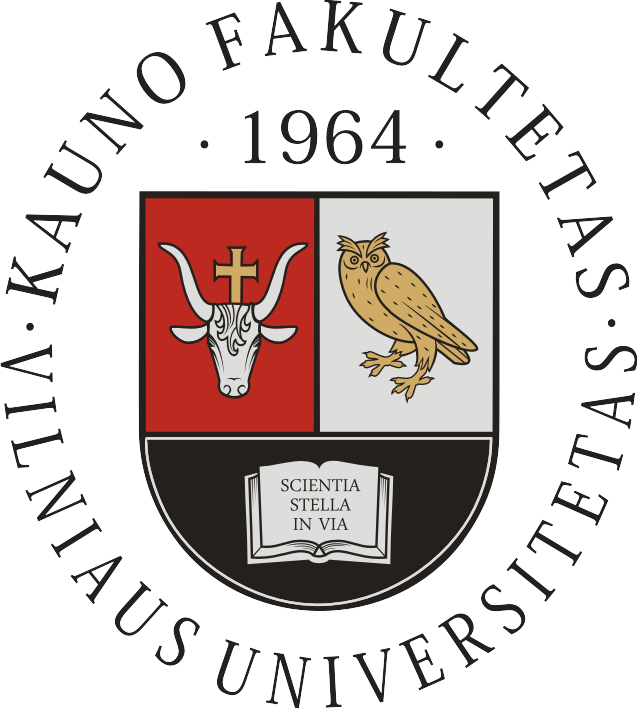Transformations in
Business & Economics
- © Vilnius University, 2002-2016
- © Brno University of Technology, 2002-2016
- © University of Latvia, 2002-2016
Article
A MODEL OF ENTREPRENEURIAL ORIENTATION
Jaroslav Belas, Gabriela Sopkova
ABSTRACT. The aim of this article is to present a theoretical and methodological model for the measuring of entrepreneurial orientation (EO) in the segment of small and medium-sized enterprises (SMEs) and the results of its applicability testing on the empirical data. The authors define the important factors that form the EO, analyze and quantify the linkages in the model. A part of the research is dedicated to the comparison of the various components of EO in terms of gender and education of entrepreneurs, and of the size of the company. Based on the results of our research, we can conclude that the EO level in the Czech Republic is below the average. The highest index of EO (IEOSME) was achieved by larger companies that belong to the category of SMEs. Our research suggests that there are differences between the defined groups of entrepreneurs in terms of their level of education, and size and age of the company. Entrepreneurs with the university degree have better preconditions for doing business, because they have much higher IEOSME. Microenterprises have significantly lower IEOSME than larger enterprises in the category of SMEs. The companies that operate on the market longer have higher IEOSME than younger companies. Quantification of individual dimensions of EO in terms of gender and education of entrepreneurs, and age and size of the company has brought some interesting findings. The least differences were found when comparing entrepreneurs by gender. The only difference identified within the evaluation of five dimensions of EO was, that males take more risks in business than females. The biggest differences across all analysed dimensions of EO were found when comparing companies according to their size. Larger companies belonging to the segment of SMEs were more innovative, more active and more autonomous in comparison to microenterprises.
KEYWORDS: small and medium-sized enterprises, entrepreneurial orientation, innovativeness, risk taking, pro-activeness, competitive aggressiveness, autonomy.
JEL classification: L26, O16.

